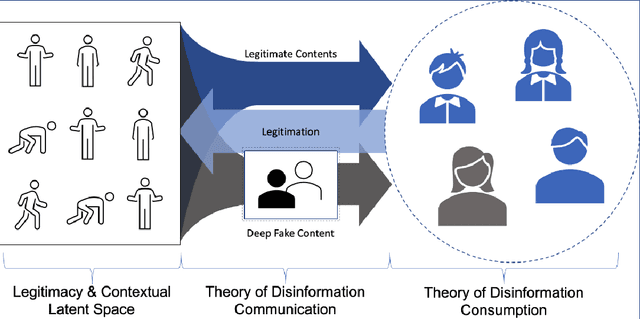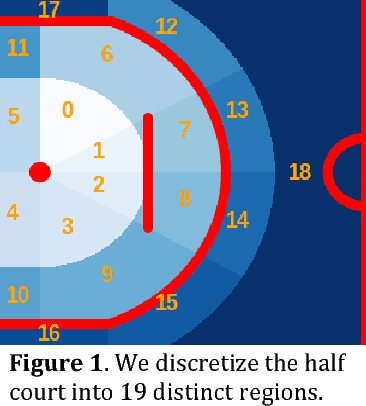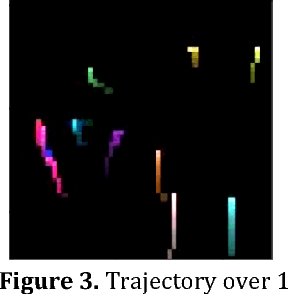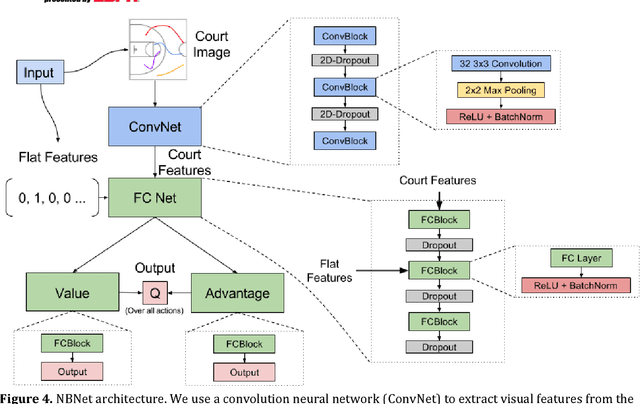Nick Linck
Towards a New Science of Disinformation
Mar 17, 2022



Abstract:How can we best address the dangerous impact that deep learning-generated fake audios, photographs, and videos (a.k.a. deepfakes) may have in personal and societal life? We foresee that the availability of cheap deepfake technology will create a second wave of disinformation where people will receive specific, personalized disinformation through different channels, making the current approaches to fight disinformation obsolete. We argue that fake media has to be seen as an upcoming cybersecurity problem, and we have to shift from combating its spread to a prevention and cure framework where users have available ways to verify, challenge, and argue against the veracity of each piece of media they are exposed to. To create the technologies behind this framework, we propose that a new Science of Disinformation is needed, one which creates a theoretical framework both for the processes of communication and consumption of false content. Key scientific and technological challenges facing this research agenda are listed and discussed in the light of state-of-art technologies for fake media generation and detection, argument finding and construction, and how to effectively engage users in the prevention and cure processes.
Thinking Fast and Slow in AI
Oct 12, 2020Abstract:This paper proposes a research direction to advance AI which draws inspiration from cognitive theories of human decision making. The premise is that if we gain insights about the causes of some human capabilities that are still lacking in AI (for instance, adaptability, generalizability, common sense, and causal reasoning), we may obtain similar capabilities in an AI system by embedding these causal components. We hope that the high-level description of our vision included in this paper, as well as the several research questions that we propose to consider, can stimulate the AI research community to define, try and evaluate new methodologies, frameworks, and evaluation metrics, in the spirit of achieving a better understanding of both human and machine intelligence.
The Advantage of Doubling: A Deep Reinforcement Learning Approach to Studying the Double Team in the NBA
Mar 08, 2018



Abstract:During the 2017 NBA playoffs, Celtics coach Brad Stevens was faced with a difficult decision when defending against the Cavaliers: "Do you double and risk giving up easy shots, or stay at home and do the best you can?" It's a tough call, but finding a good defensive strategy that effectively incorporates doubling can make all the difference in the NBA. In this paper, we analyze double teaming in the NBA, quantifying the trade-off between risk and reward. Using player trajectory data pertaining to over 643,000 possessions, we identified when the ball handler was double teamed. Given these data and the corresponding outcome (i.e., was the defense successful), we used deep reinforcement learning to estimate the quality of the defensive actions. We present qualitative and quantitative results summarizing our learned defensive strategy for defending. We show that our policy value estimates are predictive of points per possession and win percentage. Overall, the proposed framework represents a step toward a more comprehensive understanding of defensive strategies in the NBA.
 Add to Chrome
Add to Chrome Add to Firefox
Add to Firefox Add to Edge
Add to Edge